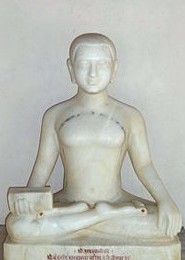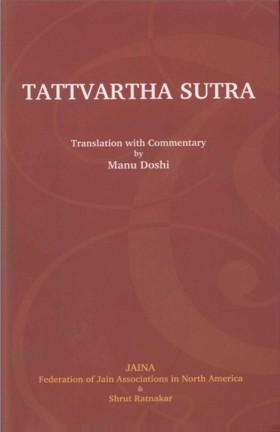01.05 Nāmsthāpanādravyabhāvatastannyāsah
Audio: Sanskrit: Hindi: English: Truth can be arrived at by examining the material in four forms of name, symbol, past or future state and the present reality.
Whatever is said needs to be comprehended in right perspective. There are different ways a thing can be presented. This sutra specifies four ways, which are known as Niksheps. They can be better explained with the illustration of an earthen pot. The first way relates to the name by which a thing is known. For instance, someone says 'a pot'. By hearing it, we can make out what he means without actually looking at the pot. Thus to comprehend something by its name is called Nam Nikshep. The second way relates to the symbolical presentation. Suppose, one presents a picture of a pot. We can make out what it is by looking at that picture. That is called Sthāpanā Nikshep. The third way relates to an earlier or future state. Earlier the pot was in the form of earth and later on it would be reduced to pieces. As such, to know the pot in the state of earth or in the state of pieces is called Dravya Nikshep. The fourth way relates to the present state. Suppose, one brings the pot as it is now. To know thus a thing in its present state is called Bhāv Nikshep.
 Acharya Umaswati
Acharya Umaswati
